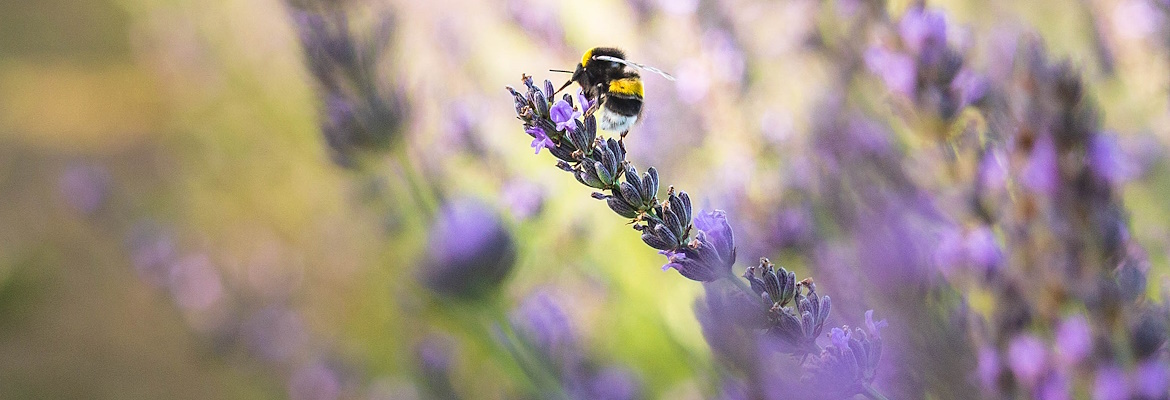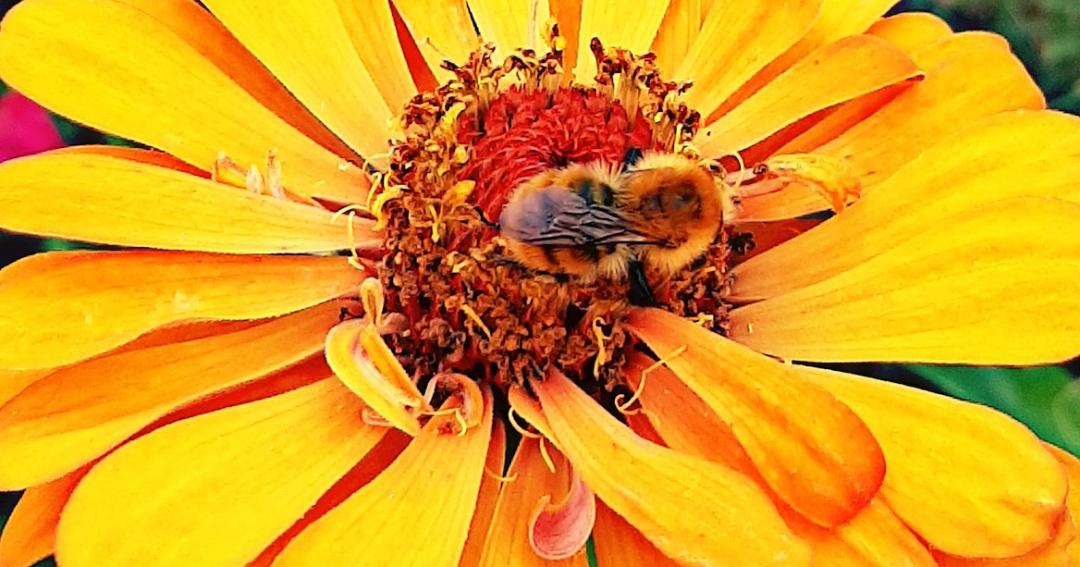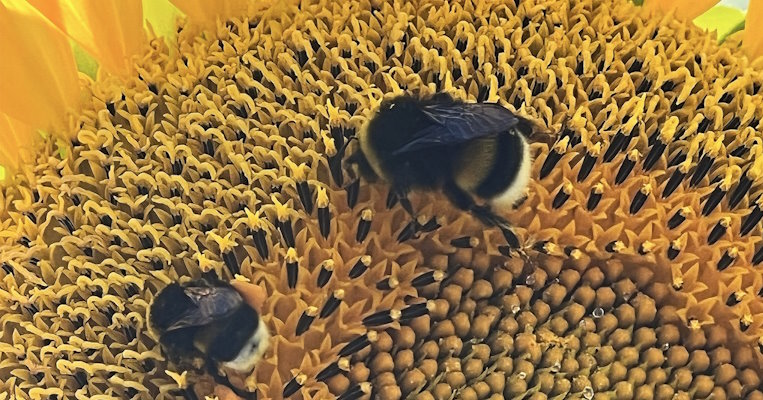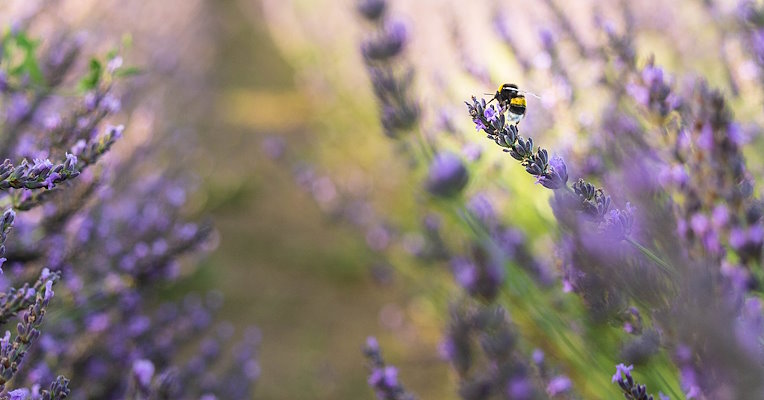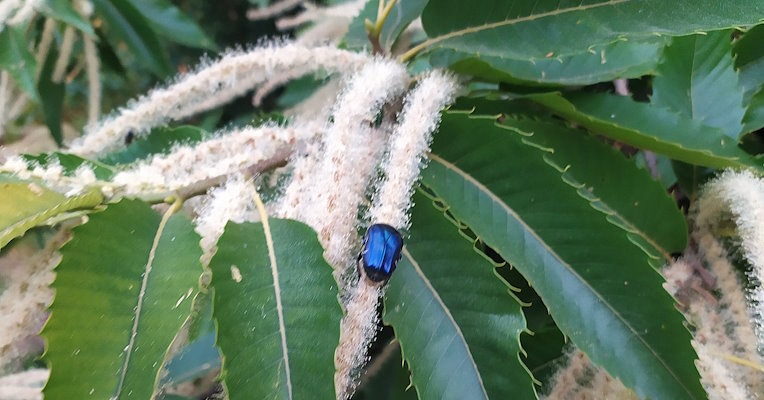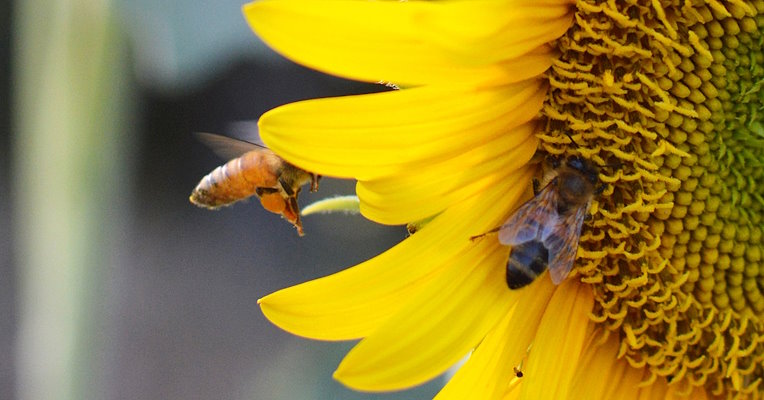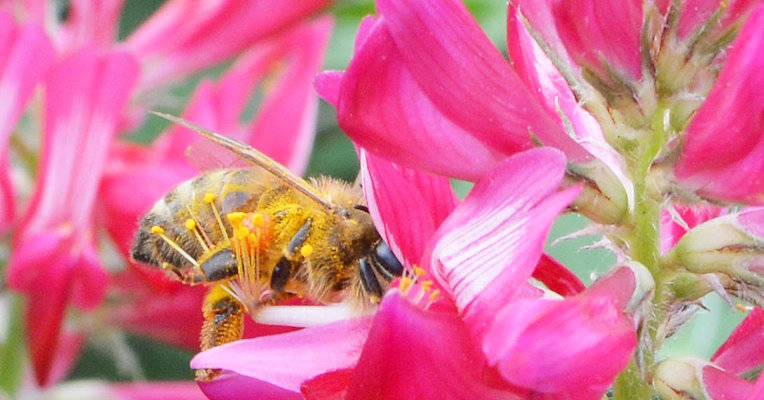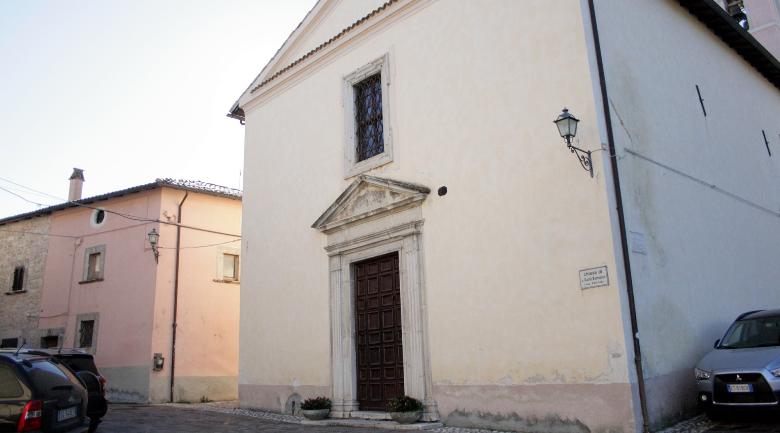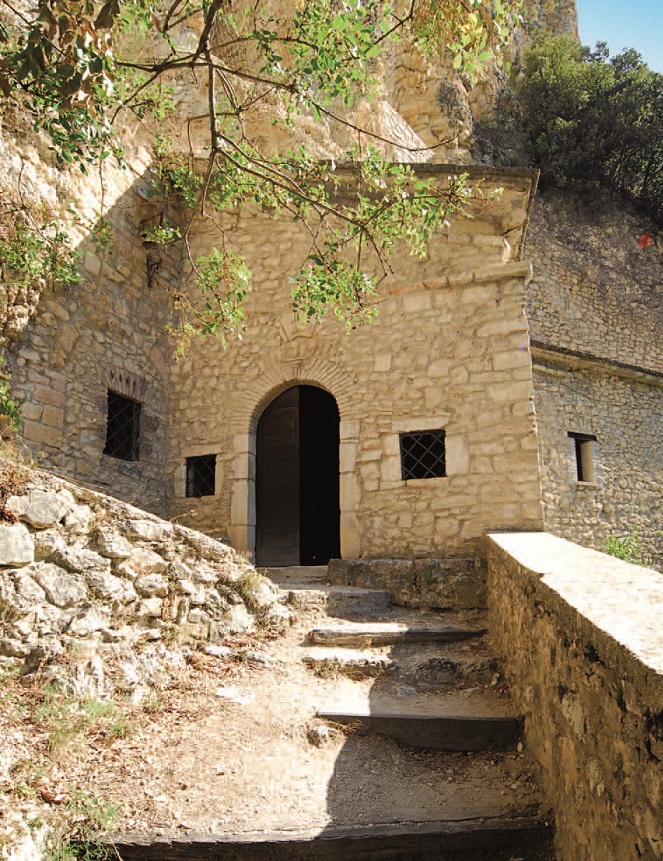The Dance of the Bees
I heard the flowery spring coming
Mix a bowl of the honey-sweet wine as soon as you can
(Alcaeus, greek poet who lived between the 7th and 6th centuries BC.)
Spring, with its explosion of flowers, offers an opportunity to tell the story of honey and its tireless producers. The bee, in addition to its function as pollinator, is the protagonist in the life of one of Umbria's most important religious figures: Saint Rita of Cascia, born in Roccaporena and venerated in the sanctuary dedicated to her.
Saint Rita's first miracle occurred when she was still an infant. Left in a basket by her parents, little Rita was surrounded by a swarm of bees that brought honey into her mouth, leaving her unharmed. This extraordinary event is part of a wide panorama full of symbolism linked to bees and their “enthusiastic” manifestations.
In antiquity, bees were in fact considered to be bearers of divine inspirations, the recurring theme of the Greek enthusia, divine inspiration manifested through the mouths and words of human beings.


Examples linking bees to the divine abound in the Greek world. They are linked to female deities such as Demeter, who assumed the title of Pure Mother Bee, while the Great Mother was identified as the Queen Bee and her priestesses were called Melissae, or “those of honey”. Zeus, too, as soon as he was born of his mother Rhea, was fed by the bees that lived in the cave where he had been hidden to save him from his father Cronus.
The Egyptians and Etruscans also used honey in funerary contexts, thus linking its long-lasting properties to the eternal life of the soul of the deceased. The Romans, on the other hand, had made honey a delicacy, so much so that it is mentioned in almost every recipe in the famous treatise on Roman cuisine written by Apicius. Among the best known is the famous mulsum wine, a spiced wine very dear to the Romans, consumed during banquets and libations. This was a very common scene in ancient art, which was also depicted in the extraordinary mosaics of Spello.


The history of this insect places the first written work entirely dedicated to bees in Umbria. This was the “Apiarum”, a treatise published in 1626 by Federico Cesi, Duke of Acquasparta, founder of the Accademia dei Lincei and an important natural scientist. The work, entirely dedicated to the subject of bees and beekeeping, describes in detail the morphological characteristics of this insect. Although this early text may seem distant in time, the interest behind the in-depth description still resonates today. A curiosity: for the study of small insects, Federico Cesi used a primordial microscope, the “occhialino” of Galileo, another illustrious member of the Academy.
Bees, tireless guardians of biodiversity, have become icons of environmental conservation in our contemporary world, so much so that 20 May has been declared World Bee Day, an occasion to celebrate and reflect on their fundamental role in the ecosystem.
In 2016 in Umbria, thanks to the strong will of Umbrian bodies and associations, the “Comuni Amici delle Api” (Bee Friendly Municipalities) initiative was born with the aim of raising awareness of the importance of bees in our times and creating a network of local administrations committed to safeguarding beekeeping. The aim is not just to protect an agricultural activity linked to honey production, but to promote this practice as a crucial element in the conservation of an increasingly threatened biodiversity.
There have been many initiatives in support of this very important objective, such as the one that led to the creation of the Urban Bee Park in Perugia, an urban oasis designed in the shape of a lung where numerous species of aromatic plants have found a home, capable of contributing to the healthiness of the air but above all to the protection of bees and biodiversity.
























